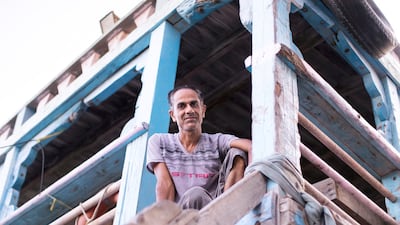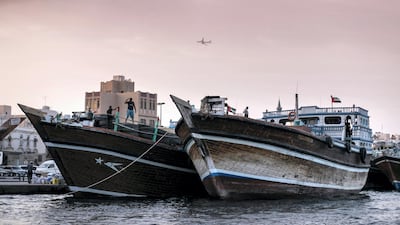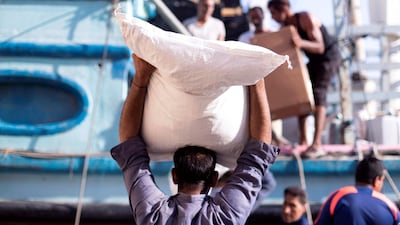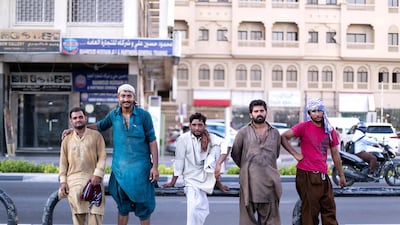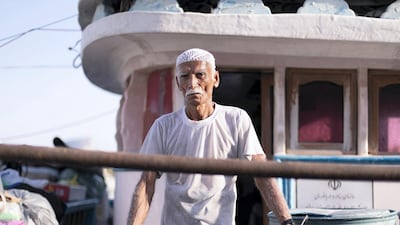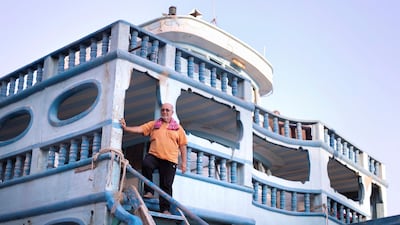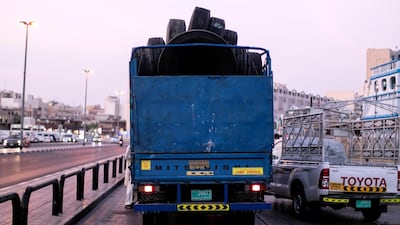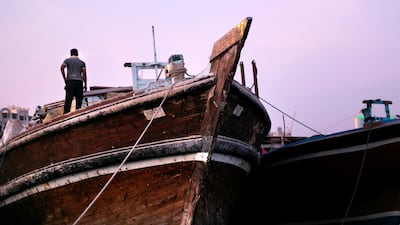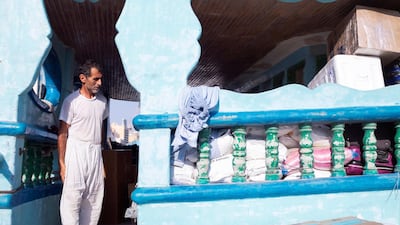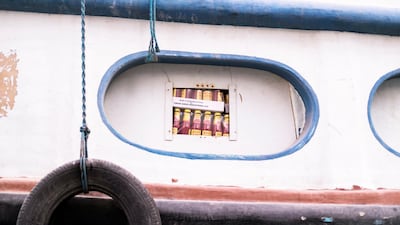Today, life in the Emirates moves in the fast lane. In a new regular series to mark the 50th anniversary of the UAE we take a little trip back in time and see just how much the country has changed.
So far in the series, Then and Now has travelled to Abu Dhabi, Sharjah city and Khor Fakkan. Now it is Dubai's turn.
By the time British oilman John Vale took this photograph of the Creek, in 1966, Dubai had already completed its first megaproject. Engineers had dredged a channel to allow larger ships to navigate the Creek. The photograph shows a busy port with large numbers of dhows, ships and smaller abra water taxis scuttling between Bur Dubai and Deira.
On the Bur Dubai side, the new warehouses catering to this increased trade can be seen, while on the middle right we can see the development of a proper quayside in comparison with the bottom right when it was still possible to casually walk down to the water. Also striking are the two minarets of the Grand Bur Dubai and Ali Ibn Abi Talib mosques on the Bur Dubai side.
What perhaps was most remarkable when The National's Chris Whiteoak photographed the scene again this month was how similar it was to that 1966 shot despite all the redevelopment in the years since. Modern buildings line the Creek now, the warehouses on Bur Dubai are no more as most of the major maritime trade has shifted to Port Rashid and Jebel Ali, while Dubai Canal in 2016 created a continuous channel back to the sea in Jumeirah.
So the entire Bur Dubai side is now technically an island. But the new photograph also shows that traditional dhows are still moored by the Deira side, while the abras still fuss across the Creek. Many of the buildings remain low-rise, both minarets still punctuate the skyline and Dubai Creek still flows down through the decades.

